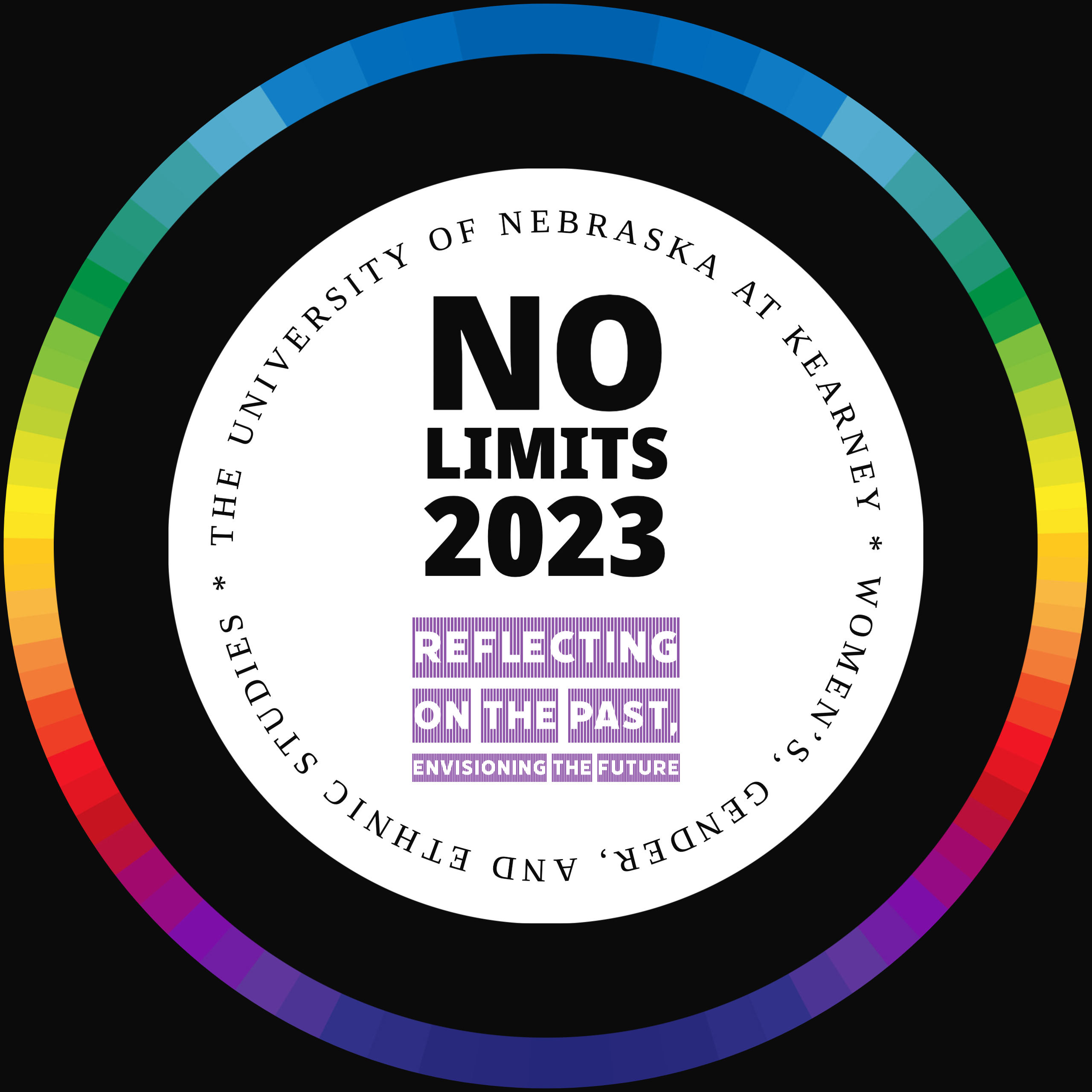History of Substance Abuse in the LGBTQ+ Community, 1980s - present
Location
Ponderosa Room C
Presentation Type
Presentation
Presentation Topic
gender studies, sexuality studies, substance abuse studies, psychology, drug policy
Start Date
3-3-2023 9:05 AM
Event Sort Order
6
Abstract
Since the 1970s and the Nixon administration’s War on Drugs, minority communities have been at the forefront of discrimination in regards to drug policy and incarceration rates. In the queer community specifically, substance abuse has been the main mode of socialization and coping with racist, homophobic, transphobic, misogynistic, and heteronormative legislation at both the federal and state levels. Queer folks experience social isolation, negative self-image, and hopelessness at higher levels than their heterosexual counterparts. These feelings of isolation, paired with an increased risk for discrimination, leads to higher rates of substance abuse within the BGLTQ+ community. Due to the social and political climate of the 1980s to the present, queer folks have relied on the use of substances to socialize and cope with negative social and political interactions. The bars, dance clubs, and bathhouses became some of the only ways for members of the queer community to safely be themselves and meet others without judgment or fear of threats. Within bathhouses, numerous substances were used in order to cope with death of friends, discrimination in the media, and heteronormative social pressures. Poppers, crystal methamphetamine, 3,4-Methylenedioxymethamphetamine, crack cocaine, and others have been used by the queer community from the 1980s- 2022 to cope with stigma and discrimination in social and political interactions. This research will focus on drawing comparisons between the status of drug policy in conjunction with the targeted groups and how this impacts their social, mental, physical, and economic status within both the groups which they associate and the broader public sphere.
History of Substance Abuse in the LGBTQ+ Community, 1980s - present
Ponderosa Room C
Since the 1970s and the Nixon administration’s War on Drugs, minority communities have been at the forefront of discrimination in regards to drug policy and incarceration rates. In the queer community specifically, substance abuse has been the main mode of socialization and coping with racist, homophobic, transphobic, misogynistic, and heteronormative legislation at both the federal and state levels. Queer folks experience social isolation, negative self-image, and hopelessness at higher levels than their heterosexual counterparts. These feelings of isolation, paired with an increased risk for discrimination, leads to higher rates of substance abuse within the BGLTQ+ community. Due to the social and political climate of the 1980s to the present, queer folks have relied on the use of substances to socialize and cope with negative social and political interactions. The bars, dance clubs, and bathhouses became some of the only ways for members of the queer community to safely be themselves and meet others without judgment or fear of threats. Within bathhouses, numerous substances were used in order to cope with death of friends, discrimination in the media, and heteronormative social pressures. Poppers, crystal methamphetamine, 3,4-Methylenedioxymethamphetamine, crack cocaine, and others have been used by the queer community from the 1980s- 2022 to cope with stigma and discrimination in social and political interactions. This research will focus on drawing comparisons between the status of drug policy in conjunction with the targeted groups and how this impacts their social, mental, physical, and economic status within both the groups which they associate and the broader public sphere.






Presenter Bio
Hannah Ash attends the University of Central Oklahoma as a History Graduate Student. She graduated last spring with her B.A in Women’s, Gender, and Sexuality Studies with a minor in Psychology. Her goals for now are to become a professor and teach in a university setting. Fun fact: her research was accepted to a conference in Athens, Greece for June 2023 along with several of her other coworkers.